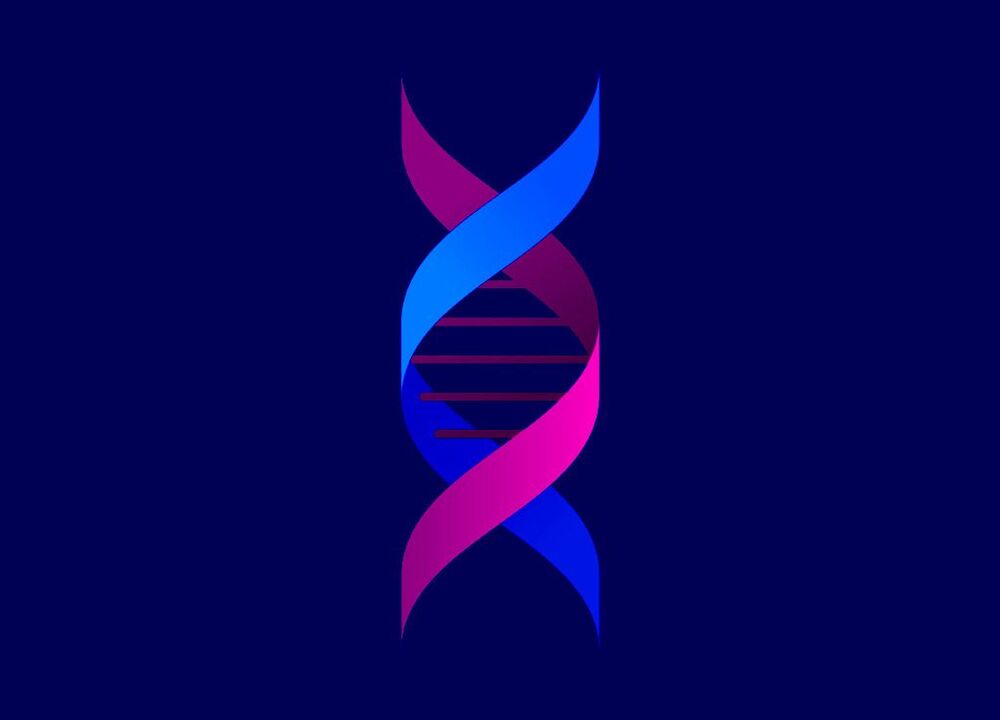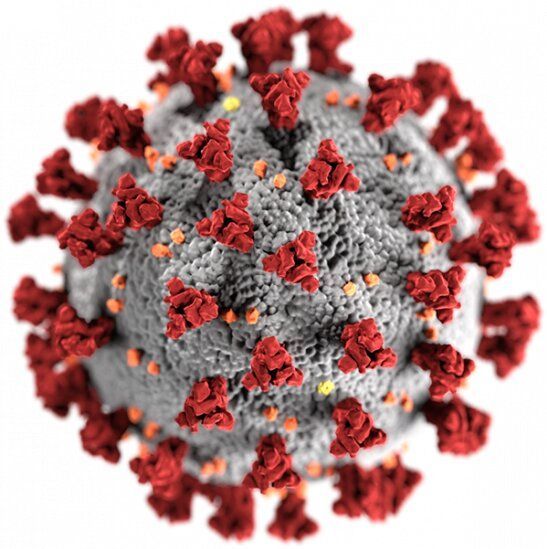Since DNMT3A increases DNA methylation, the researchers used a natural product that donates methyl groups S-adenosylmethionine (SAMe) and to activate the retinoic acid receptor they treated the animals with vitamin A. They found that combined treatment with the methyl donor SAM and retinoic acid reversed PTSD-like behaviors.
Summary: Combining two natural products that modulate the epigenome, researchers believe they have identified a feasible approach to reversing symptoms of PTSD in animal models that could be effective in humans.
Source: Bar Ilan University
Exposure to a traumatic experience can lead to post-traumatic stress disorder (PTSD), an incapacitating disorder in susceptible persons with no reliable therapy. Particularly puzzling is understanding how transient exposure to trauma creates persistent long-term suffering from PTSD and why some people are susceptible to PTSD while others that were exposed to the same trauma remain resilient.
Epigenetic modifications are chemical marks on genes that program their activity. These marks are written into DNA during fetal development to correctly program how our genes function in different organs. However, research in the last two decades has suggested that these marks could also be modulated by experiences and exposures at different point of time in life.







